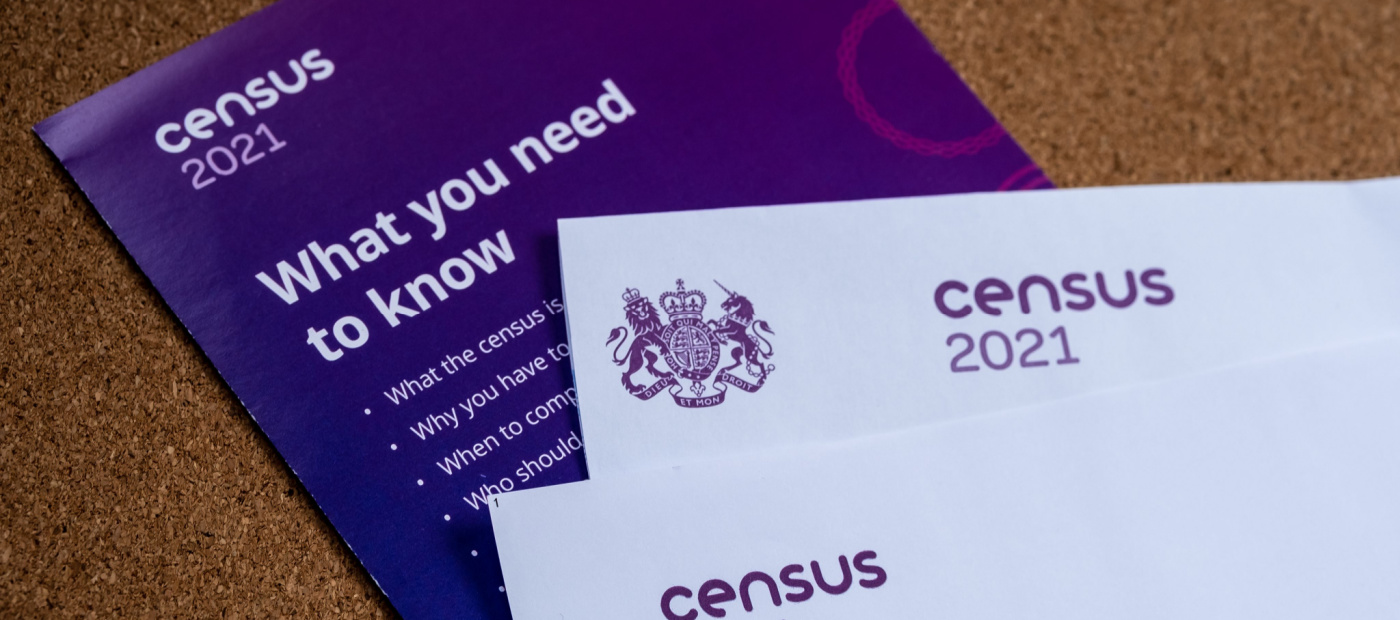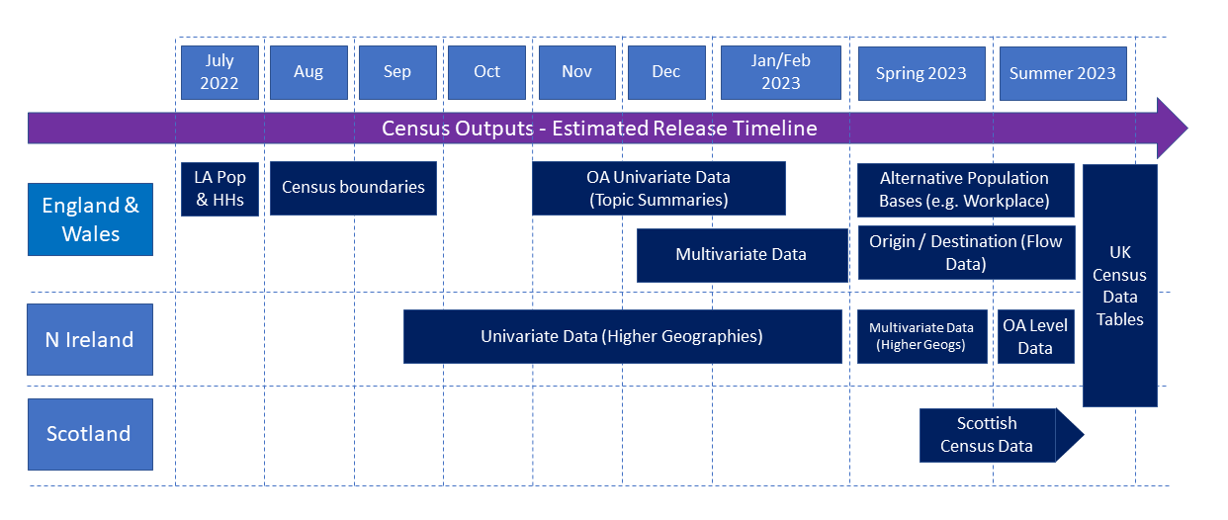
Planning and Understanding Dwell Time
90% of online customers prefer to have their goods delivered to their home location. Source: Statista “Online deliveries and returns in the United Kingdom (UK) 2022
How can the shortest distance in the logistics fulfilment process cost the most? We’re not even talking about the last mile – this is about the final metres of your delivery. Navigation and mapping will take your vehicle close to the final address, but between that point and finding the entrance and delivering the products on the doorstep, the margin of error can be large if you’re not using a data-driven approach.
Precise address data makes a significant difference in reducing logistics costs, specifically with premise addresses versus postcodes. In dense urban areas, a postcode can encompass many individual dwellings. In rural areas, it can cover large, sparsely populated areas along miles of road.
Arriving outside of the correct address for the first time and understanding its accessibility will cut delivery stop time by ensuring your driver covers the minimum possible distance from vehicle to entrance. If you factor in an average saving per drop of 30 seconds compared to a postcode-based approach with the number of deliveries each driver makes every day, it’s easy to see how companies involved in delivery fulfilment can make significant savings using this type of solution.
Organisations can further refine the accuracy of stop time by utilising additional data points (and not all of them are geographic). Enhanced property level address data provides insight on whether you’re delivering to a top floor flat or a detached home, whether the property is likely to have a driveway to park on or across, and the distance of the property from the road. These insights will ultimately enable you to factor in any additional time required to reach the front entrance and deliver the products. Using detailed data about the demographic and segmentation of households also enables you to understand the type of consumer you’re delivering to and model predictive behaviours of the customer at a specific address, helping you predict stop times more effectively and, for example, estimate the likelihood of a failed delivery because no one is in.
More accurate information enabling precise premise address level stop times can mean allowing more or less time for a delivery as opposed to using an average for all delivery stops. This may result in achieving fewer deliveries per shift or achieving more through having the data to enable improved delivery scheduling and route optimisation. Regardless, being realistic is vital to improving the accuracy of delivery time slots for customers and estimated time of arrival (ETA) calculations and ultimately, improved customer service. If you set average times to schedule delivery stops on a route, you risk hasty deliveries, speeding, poor parking or rushed and inaccurate customer communication as drivers struggle to meet their targets. This will reduce profits and affect your brand’s reputation as well as making it harder to recruit and retain delivery staff.
The most efficient overall solution for the last mile is to use all the data you have combined with rich property-level address data, demographic and segmentation data and local contextual data to help plan accurately and realistically.
You can then set clear customer expectations and proactively keep customers informed while also providing drivers with the most useful information. Unrealistic estimates will create knock-on delays that affect driver productivity and morale, and ultimately disrupt more scheduled deliveries.
Finely tuned stop times allow improved optimisation for further savings as well as enhanced customer service. In order to best approach this:
- Quantify factors for calculating stop times by analysing property level data, accessibility, demographics and customer segmentation along with local contextual data.
- Build a stop time model and cost to serve surface, identifying addresses with a longer stop time and higher cost to serve. This can be combined with delivery product information to further refine.
- Use the model to input into route planning, scheduling and e-commerce tools so you can exploit routing efficiencies, inform delivery choices and strategies.
CACI has unique strengths in blending consumer understanding with accurate, up-to-date premise addressing and property insight data to address the precise priorities of your business and customers.
Our smart solutions and algorithms can condense a range of place and people variables, including property type, property age, number of floors, building height, parking permitted, road type, road restrictions, distance from road, distance from school, presence of driveway, weight of traffic, postcode or household level demographics and customer segmentation data.
Could you use some help with accessing detailed data that would allow you to calculate stop times accurately and put together your models so you can deploy an accurate approach and reap the benefits quickly? Get in touch with us to learn more about the shortest route to implementation at iwheeldon@caci.co.uk
Check out the other blogs in the Last mile short cuts series:












